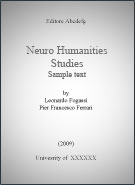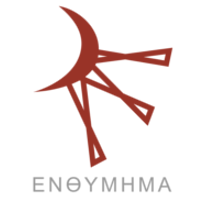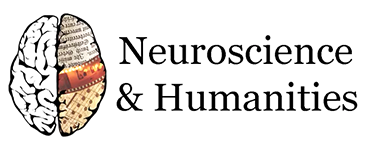
Last paper:
Grazia Pulvirenti, Renata Gambino, Neurohermeneutics. A Transdisciplinary Approach to Literature
- Peer review
- Submit a paper
- Suggest a paper
- Contact us
- Partner program
David S. Miall, Don Kuiken, Shelley Sikora,
Enactment versus Interpretation: A Phenomenological Analysis

DOWNLOAD PAPER
Download size: 50.74 KB
Enactment versus Interpretation: A Phenomenological Analysis of Readers’ Experience of Coleridge’s Rime of the Ancient Mariner
To articulate what constitutes the depth of aesthetic engagement, a phenomenological study of readers’ responses to Coleridge’s poem, Rime of the Ancient Mariner, was conducted. After reading the poem three times during one week, each of 40 readers chose five passages that they found striking or evocative and then commented on one, yielding 198 commentaries. Numerically aided phenomenological methods (Kuiken, Schopflocher, & Wild, 1989; Kuiken & Miall, 1995) were used to (1) comparatively examine thesecommentaries, identifying and paraphrasing recurrent meaning expressions (called constituents); (2) create matrices reflective of the profiles of constituents found in each commentary; (3) create clusters of commentaries according to the similarities in their profiles of constituents; and (4) examine each cluster to ascertain their distinctive attributes. Among the six distinct styles of commentary thus identified, one in particular evidenced a pattern in which (1) an emergent affective theme was progressively transformed across the selected passages; (2) a turning point in the expression of an
affective theme occurred following a moment of kinesthetic engagement with imagery in the poem; and (3) the reader appeared to become centrally implicated in existential concerns embodied in the text, a phenomenon that involved a blurring of boundaries between the reader’s and the narrator’s perspectives. This mode of engagement with the
poem, which we call expressive enactment, contrasted with the other five modes of response that were identified, including ironic allegoresis, autobiographical assimilation, and sensuous engagement.
Project
The Neuro Humanities Studies Network aims at creating a multidisciplinary research community in order to develop and structure a linking platform for neuro-scientific, cognitive topics and humanities.
Click on each keyword to show papers related with it.









